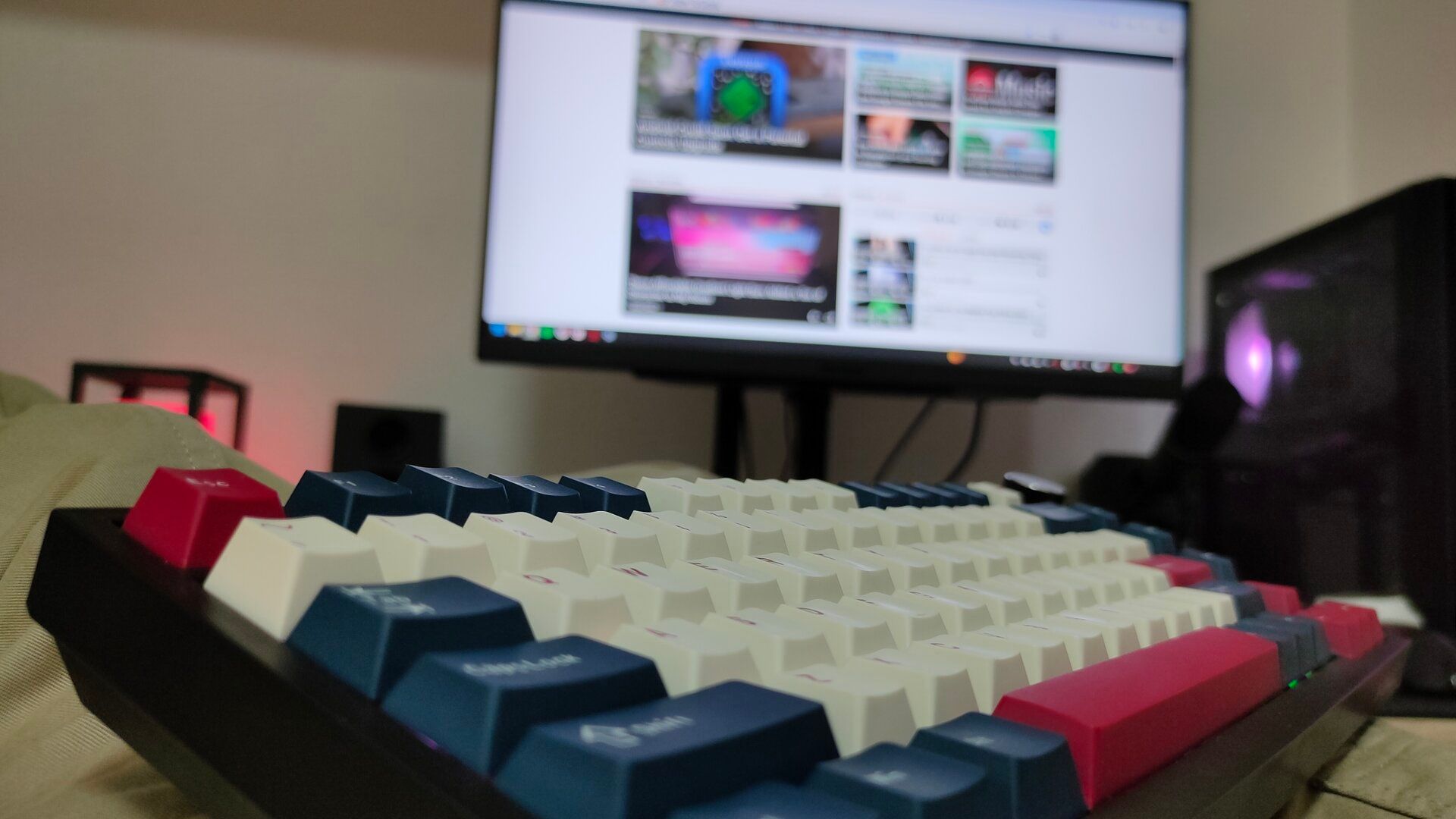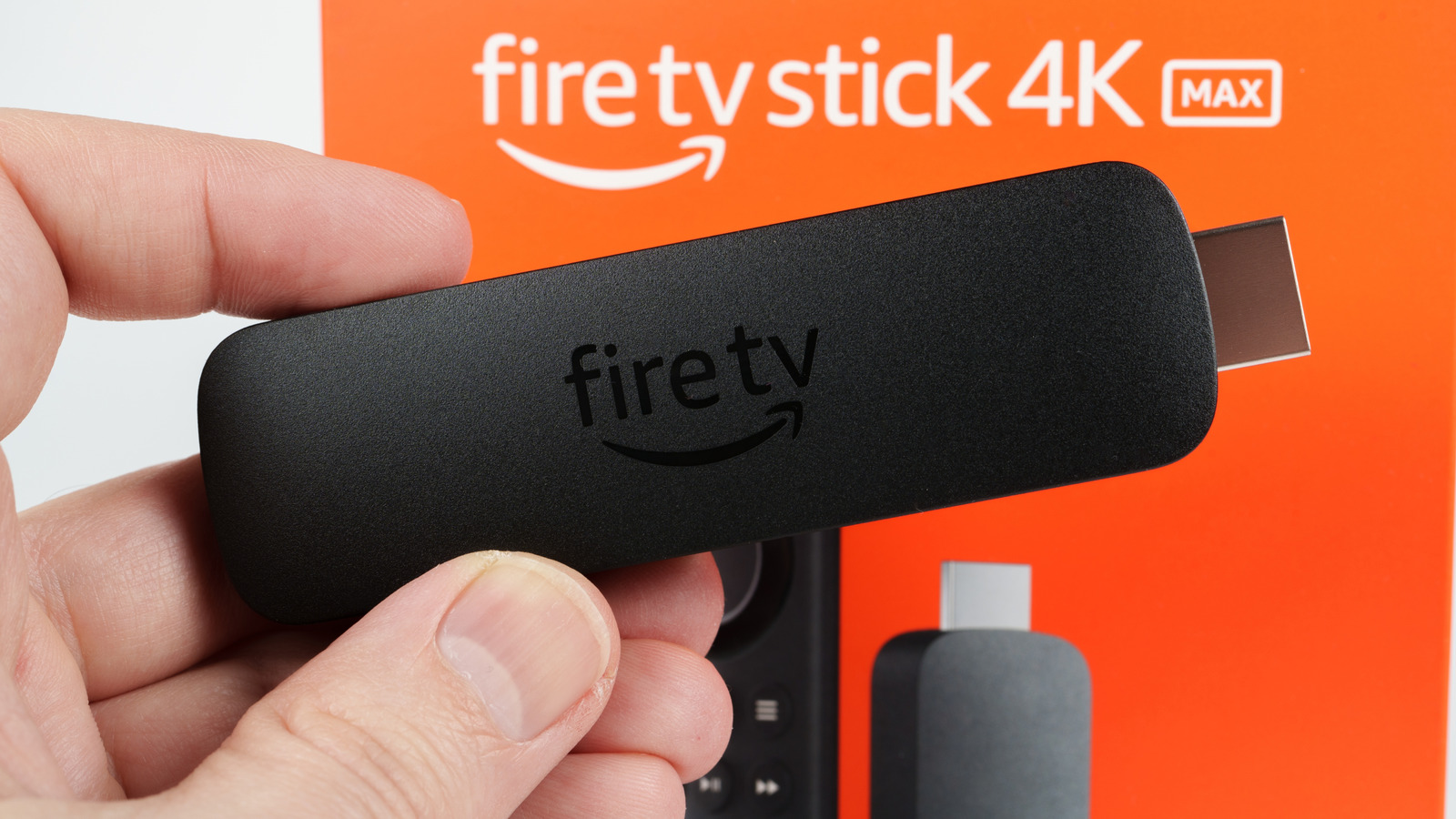If you’re into mechanical keyboards, an important decision you’ll face is picking the case material—and it usually boils down to aluminum and plastic. While many argue that aluminum is the superior choice, I much prefer plastic keyboards. Here’s why.
Plastic Isn’t Actually Bad
When people hear the word “plastic,” they often assume it means something cheap or low quality. In contrast, keyboard marketing often highlights terms like “CNC aluminum alloy” prominently, making aluminum cases sound inherently superior.
While aluminum is objectively a more premium material, that doesn’t automatically make it the better choice for a keyboard case. We’re not talking about something dramatic like the difference between steel and carbon fiber in a car’s construction (fun fact, there are even keyboards now made with carbon fiber, like the ROG Azoth Extreme).
Moreover, plastic isn’t necessarily a “bad” material that can’t feel premium. Quite the contrary.
Expectations for quality have never been higher among keyboard enthusiasts, and brands that cater to these enthusiasts know this. That’s why there are many plastic keyboards on the market that are built using durable, and dare I say, premium plastics that don’t feel cheap at all.
Look no further than my Ajazz AK820 as an example—if I handed you this keyboard without telling you the price, you’d probably guess it’s worth two or even three times its actual cost.
There’s no reason why plastic should be considered better or worse than aluminum; material choice mostly comes down to personal preference.
Unlike the cold, industrial style that aluminum keyboards exude, plastic cases have a more fun vibe. They pair beautifully with fun and unusual keycap colors and designs without feeling out of place.
I Love a Cushioned, Bouncy Typing Experience
There are many ways to assemble a mechanical keyboard, all of which affect its sound and feel. One popular “premium” method is using a gasket mount style. It adds flex to the board, resulting in a more bouncy and cushioned typing experience. You’ll find this in some aluminum keyboards, such as the Womier SK75 and the Wobkey Rainy 75. But if people are paying extra for that typing feel, why choose aluminum over plastic?
Plastic is inherently more flexible and bouncy, and that effect becomes even more pronounced with a good gasket structure. Yes, the whole board moves when you type, and it lacks the solidity some prefer, but that’s exactly what I love about plastic keyboards. The bottoming-out of keycaps feels soft, almost as if the keyboard is absorbing all the force from my fingers.
I spent many years typing on my old Corsair K70, a heavy keyboard that felt extremely sturdy thanks to its thick integrated plate, so I’m no stranger to the solidity aluminum delivers. That keyboard is from an era when reviewers would flex and warp keyboards as a sign of good build quality, which now seems ridiculous. Once I tried a good plastic keyboard, I realized that the idea was complete nonsense.
Another hot topic among enthusiasts is keyboard sound. A well-built aluminum keyboard tends to have a crisp and solid sound profile that’s slightly higher pitched than plastic.
Plastic keyboards tend to be quieter, especially when they’re packed with sound-damping layers. The end result is more of a creamy, thocky sound that I really enjoy. That said, I’m generalizing a bit, and there are plenty of builds where the opposite is true.
It’s also worth noting that not all aluminum keyboards use the same internal structure. Some only use aluminum for the case (which is what I’ve mostly been talking about), but many pre-built models use a tray-mounted or integrated aluminum plate, which is its own different thing entirely.
My SteelSeries Apex Pro TKL Wireless Gen 3 has a metal plate, which makes the keyboard sound significantly louder and crisper than even aluminum keyboards with plastic plates.
Plastic Is Cheaper and Lighter
If you want a good aluminum keyboard, you’ll likely have to spend quite a bit more money than on an equivalent plastic one. Just because a keyboard is made of aluminum, it doesn’t necessarily mean that it’s good.
Many cheap, low-quality aluminum keyboards sound hollow and pingy, which isn’t pleasant at all.
This happens because metal resonates and can amplify unwanted sounds, resulting in sharp, harsh tones. The good news is that keyboard mods can go a long way toward fixing this, so if you’re stuck with a bad-sounding aluminum keyboard, try some mods to reduce the pinginess.
On the other hand, plastic keyboards can cost significantly less money while providing a better experience. Plastic is a cheaper material, which leaves more room in the budget for better build quality, switches, stabilizers, and, of course, putting some savings back in your pocket. I’ve already mentioned my Ajazz AK820, but some other good plastic options include the Keychron V Series, RK ROYAL KLUDGE R65, and AULA F75 Pro.
Another, admittedly somewhat niche benefit of plastic keyboards is that they don’t weigh too much. I sometimes like to type from my lap, and it’s much easier to do this with a keyboard that weighs a pound and a half than a 3-pound aluminum beast.
I also travel frequently and occasionally bring my keyboard along so I can use it instead of the one on my laptop. If it were aluminum, I would think twice because it’d be twice as heavy.
There’s More to a Mechanical Keyboard Than Just the Case
The sound, feel, and overall experience of a mechanical keyboard don’t boil down to just the case material. It’s an important factor, sure, but it’s not even nearly as important as the switches, keycaps, construction, and sound-damping materials inside the keyboard.
If the keyboard’s only selling point is the aluminum case but otherwise has horrible switches, cheap ABS keycaps, and lackluster sound-damping layers, it just won’t be a good keyboard.
I’d rather have a $30 plastic keyboard with some great $20 switches from Akko or Gateron than an $50 aluminum board with mediocre switches and meh build quality.
Another commonly overlooked factor is the software experience. Even if everything else is perfect, if the keyboard has a lackluster companion app and doesn’t support VIA, it won’t be a good experience. This is the type of thing that’s easier to forgive with a $40 plastic keyboard than a $80 aluminum one.
If you’ve been on the fence between a plastic and an aluminum keyboard, I’d say don’t hesitate to save some money and go with a good plastic board. Even if you aren’t on a strict budget, you might be better off with two plastic keyboards to experiment with different switches and keycaps instead of investing in a single aluminum board.
Once you’ve learned more about your own preferences and done some research, you can decide whether an aluminum keyboard is worth it. For me, the answer is a resounding no!














